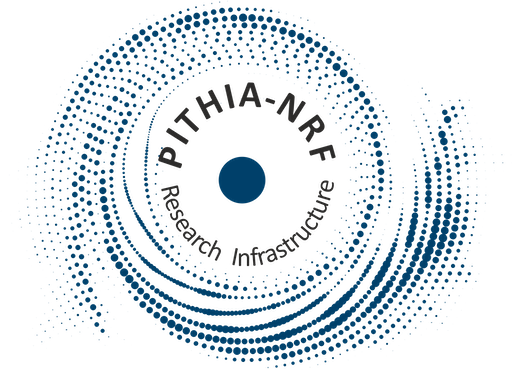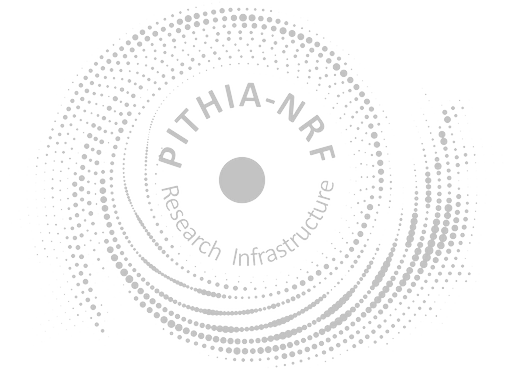<?xml version="1.0" encoding="UTF-8"?>
<Instrument xmlns="https://metadata.pithia.eu/schemas/2.2" xmlns:xlink="http://www.w3.org/1999/xlink" xmlns:xsi="http://www.w3.org/2001/XMLSchema-instance" xsi:schemaLocation="https://metadata.pithia.eu/schemas/2.2 https://metadata.pithia.eu/schemas/2.2/pithia.xsd">
<identifier>
<PITHIA_Identifier>
<localID>Instrument_Ionosonde_DPS1</localID>
<namespace>ldi</namespace>
<version>1</version>
<creationDate>2013-04-25T14:00:00Z</creationDate>
<lastModificationDate>2024-12-18T13:01:00Z</lastModificationDate>
</PITHIA_Identifier>
</identifier>
<name>Ionosonde: Digisonde Portable Sounder 1 (DPS1)</name>
<description>Digisonde Portable Sounder 1-channel version (DPS1) is a single-channel version of DPS4, the third-generation
instrument in the Digisonde family of ionosondes. The single-channel version had one receiver/digitizer electronics
servicing four channels of reception, at substantial savings but increased duration of the ionogram/skymap
measurements. Total 12 DPS-1 systems were built in 1990-1996.</description>
<type xlink:href="https://metadata.pithia.eu/ontology/2.2/instrumentType/VerticalSounder"/>
<operationalMode>
<InstrumentOperationalMode>
<id>ionogram</id>
<name>Scanning Ionogram</name>
<description>The system steps through frequencies according to
the selected program, transmitting and coherently integrating (a full
spectrum, i.e. FFT, Doppler integration) a stream of N pulses. Just prior
to transmission on each frequency four possible operating frequencies are
monitored for interference/occupancy and the quietest is selected for the
measurement. Then a few trial pulses are transmitted to allow automatic
adjustment of receiver gain. As each coherent integration of pulse streams
in completed, the raw output (i.e. 128 color coded amplitudes representing
echoes at 128 heights) is added to the display of the developing ionogram.
After all frequency steps have been completed the raw ionogram (16 complex
Doppler lines at 256 heights and M frequency steps) is written out to a
disk file and the automatic scaling program ARTIST (Automatic Real-Time
Ionogram Scaler with True height analysis), is invoked and a file of
automatically scaled parameters is created and displayed.</description>
</InstrumentOperationalMode>
</operationalMode>
<operationalMode>
<InstrumentOperationalMode>
<id>drift</id>
<name>Drift Ionogram</name>
<description>This is similar to the Doppler Ionogram in that
higher Doppler resolution is achieved by extending the integration period.
In addition to multiplexing frequencies the receive antennas are also
multiplexed. This provides a raw data file which records the relative
phase of all Doppler lines of all echoes on the four antennas in the
receiver array, giving the angle of arrival of the individual echoes.</description>
</InstrumentOperationalMode>
</operationalMode>
</Instrument>

